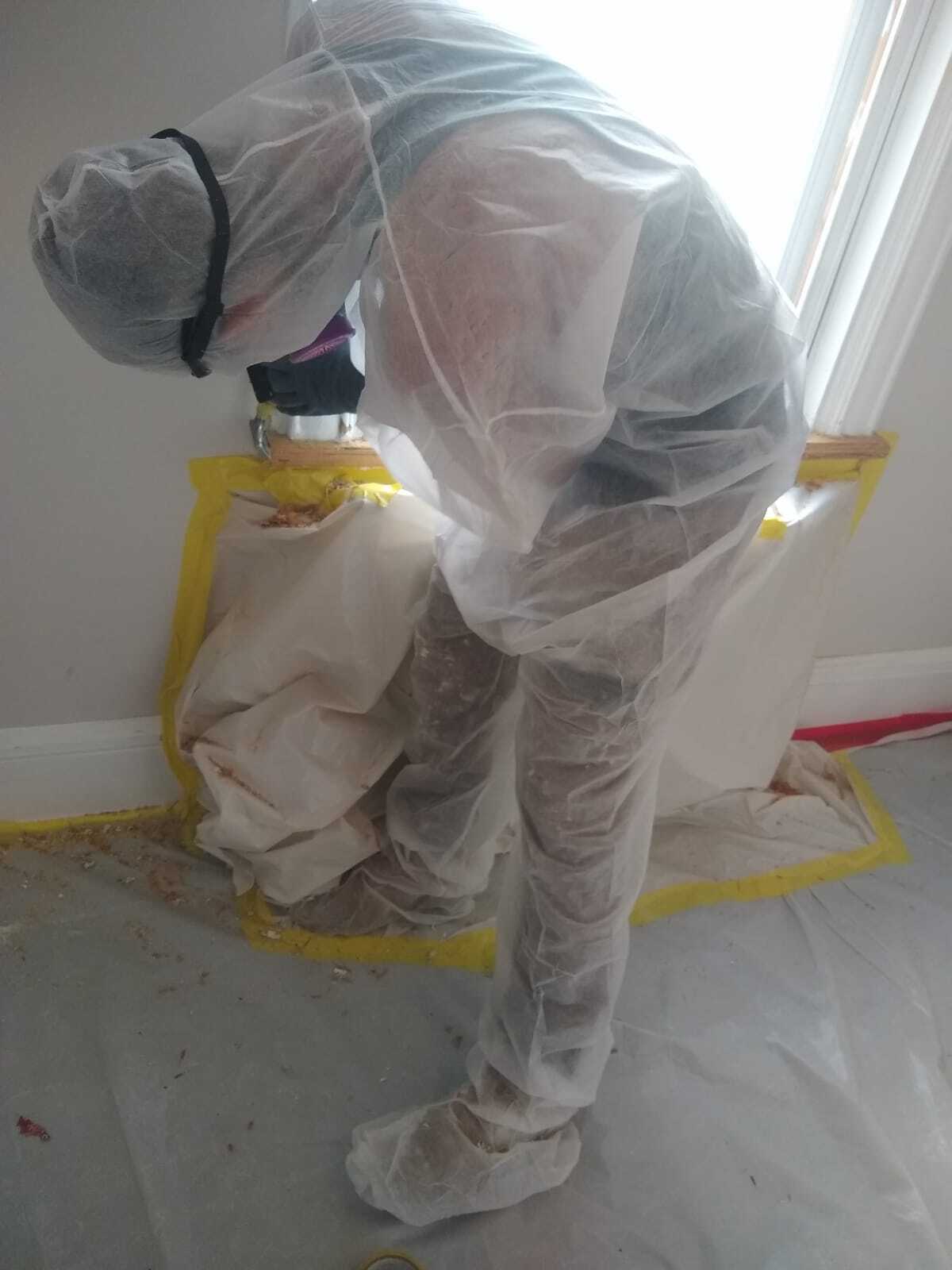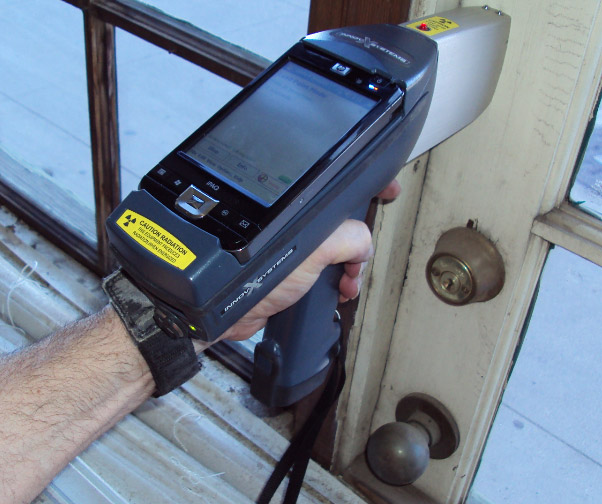Lead Paint Removal Service-- NYC's Trusted Solutions for Lead Security
Lead Paint Removal Service-- NYC's Trusted Solutions for Lead Security
Blog Article
Comprehensive Overview on Effective Lead Violation Removal Techniques
In the world of ecological safety, attending to lead violations requires a thorough and organized method. This extensive guide starts by highlighting the crucial preliminary actions of recognizing lead threats through innovative analysis and screening approaches. Methods such as XRF evaluation and dirt wipe tasting are essential in pinpointing contamination resources. Additionally, the overview specifies on the importance of adhering to stringent safety protocols throughout the removal process, consisting of making use of proper PPE and separating impacted areas (Lead Paint Removal Company). The subsequent areas guarantee to go over post-removal confirmation and preventative approaches, making certain long-term safety and security and compliance. Discover the detailed information that make these techniques not simply reliable but necessary.
Recognizing Lead Hazards
Recognizing lead dangers is an essential initial step in reducing the threats connected with lead exposure. Lead, a harmful steel, can be present in different ecological mediums, including paint, soil, water, and dust.
The preliminary phase in recognizing lead hazards entails recognizing common lead sources within the constructed setting. Frameworks constructed prior to 1978 are particularly prone due to the common use lead-based paint throughout that duration. Additionally, dirt contamination can occur from weakening exterior paint, commercial discharges, or historical use leaded gas.
One more considerable resource is lead piping and plumbing fixtures, which can leach lead right into drinking water. Durable goods such as toys, ceramics, and imported products might additionally consist of harmful lead levels. Especially, work-related environments and leisure activities involving lead can track impurities into homes.
Assessment and Screening
When dealing with lead threats, reliable evaluation and testing are critical. This essential step makes sure the recognition and metrology of lead visibility, thereby directing succeeding removal efforts. Initial evaluation usually involves an aesthetic examination to determine potential lead resources, such as weakening paint or contaminated dirt. This is enhanced by more strenuous screening methods to ascertain the degree of contamination.

Dirt wipe sampling is an additional essential method, particularly in household setups. By accumulating examples from floors, windowsills, and various other surfaces, this method offers insights into prospective exposure dangers. Furthermore, dirt testing around building boundaries is crucial to find lead contamination that might position hazards, specifically to kids.
Safe Removal Treatments
Upon finishing extensive analysis and screening, executing secure removal treatments is the next essential phase in dealing with lead dangers. This visit procedure ensures that lead-contaminated materials are effectively and securely gotten rid of, reducing threat to both employees and citizens. The very first step entails isolating the damaged area using plastic sheet and appropriate securing methods to avoid the spread of lead dust.
Employees have to wear ideal personal protective devices (PPE), consisting of respirators, handwear covers, and non reusable you can find out more coveralls, to mitigate exposure. Employing specialized tools and wet approaches, such as damp sanding or utilizing HEPA-filtered vacuum cleaners, minimizes the dispersion of lead particles. It is crucial to stay clear of dry fining sand or rough blasting, as these techniques can create harmful lead dust.
Garbage disposal is one more important element; all polluted materials should be firmly landed and identified according to EPA and neighborhood laws. In addition, thorough cleaning of the job location with HEPA vacuums and damp cleaning ensures the elimination of recurring lead fragments.
Post-Removal Verification

Confirmation of effective lead removal, known as post-removal confirmation, is essential to make certain the security and habitability of the remediated location. This process entails a collection of careful analyses and examinations created to detect any recurring lead fragments that may pose health and wellness risks. The first step normally consists of a visual evaluation to examine the completion and quality of the removal work. This evaluation makes sure that all recognized sources of lead have actually been addressed which no noticeable signs of contamination continue to be.
Complying with the visual evaluation, environmental sampling is conducted. This involves accumulating dirt, soil, and often water samples from the remediated area. Recognized labs examine these examples to gauge lead levels, ensuring they fall below the safety and security thresholds established by governing bodies such as the Environmental Defense Firm (EPA)
On top of that, air high quality screening might be executed to identify airborne lead fragments, specifically in situations where comprehensive lead-based paint elimination or improvement has actually taken place. The results of these tests give measurable information confirming that the lead degrees are within permitted restrictions.
Eventually, post-removal confirmation works as a crucial checkpoint, validating the effectiveness of the lead reduction initiatives and protecting the health of owners and visitors.
Precautionary Actions and Upkeep

A vital safety net includes using lead-safe accredited specialists for any type of improvement, repair service, or paint tasks. These experts are learnt techniques that reduce lead dust and debris. Furthermore, preserving colored surfaces to prevent breaking or peeling is necessary, as weakening paint can release lead bits into the setting.
Educational initiatives targeting home owners and renters pertaining to the dangers of lead and the importance of reporting any possible threats can even more enhance preventive efforts. Routine cleaning using HEPA vacuums and wet wiping methods can dramatically reduce lead dirt buildup.
Verdict
In recap, effective lead offense removal demands a careful approach encompassing thorough evaluation, specific testing, and strict elimination procedures. Continuous examinations and maintenance are vital to reduce future lead hazards, thereby protecting public health and making certain sustained conformity with governing requirements.
Report this page